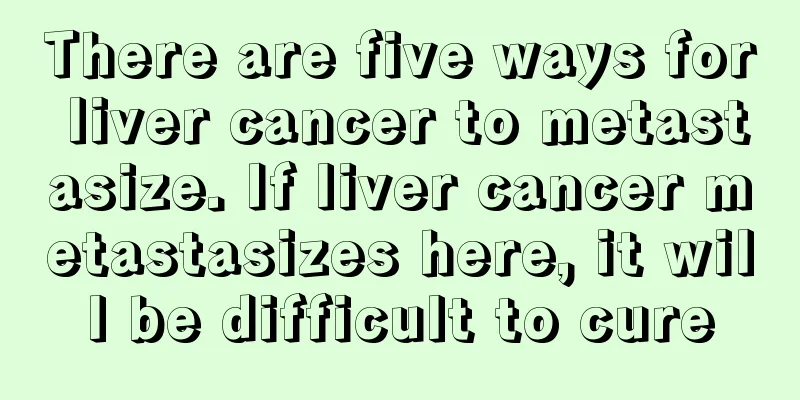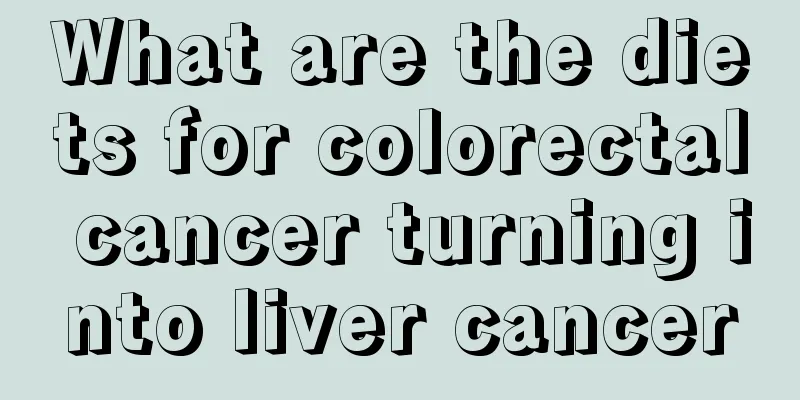Psoriasis inheritance, it turns out to be related to these factors

|
According to experts, psoriasis has no source of infection and will not be transmitted to other people, but the disease has a very high chance of being inherited, with the prevalence rate among first-degree relatives being 23.6%. In addition, whether the disease can develop is also affected by other factors. For example, the external environment is also very important, mainly traumatic stimulation, and climate change, as well as bad inner emotions and mental stress. 1. Is psoriasis hereditary? 1. The prevalence of psoriasis in first-degree relatives of patients is 23.6%. The genetic material basis is genes, which are fragments of the long chain of deoxyribonucleic acid present on chromosomes in the cell nucleus. 2. Whether psoriasis will occur is also affected by other factors. For example, the external environment is also very important, mainly traumatic stimulation and climate change. At the same time, bad mood, mental stress, smoking and drinking are also causes of the disease that cannot be ignored. 2. Symptoms of psoriasis 1. Psoriasis has a typical film phenomenon. In the early stage of psoriasis, the scales are easily scraped off. After scraping off the scales, a layer of light red, translucent and shiny film is exposed. 2. Psoriasis is covered with thick grayish white or grayish yellow scales on the skin lesions. Psoriasis is usually more severe on the head, and the scales fall off easily, causing itching. 3. Symptoms of psoriasis also include punctate bleeding. If you gently scrape the thin film, psoriasis patients may see millet-sized blood beads or pinhole-like bleeding spots gushing out of the erythema surface. 4. The most common type of psoriasis is psoriasis vulgaris, which is mainly distributed symmetrically and is more common on the limbs, trunk and head. 3. How to treat psoriasis 1. Physical therapy Physical therapy is one of the treatments for psoriasis, and photochemotherapy is mainly used clinically to effectively treat patients. However, relatively speaking, this type of therapy has been used clinically for a short period of time. Although the side effects are small, it has strict requirements on the wavelength of light waves during the treatment process. If used for a long time, it may cause other complications. 2. Topical medication Topical drug treatment is the most common treatment for psoriasis. Patients can use this method when their symptoms are mild or in the early stages of the disease to reduce some of the toxic and side effects of the drugs and avoid damage to the liver, kidneys and other functions. However, it should be noted that during the progressive stage of the disease, milder drugs should be used for treatment to avoid drug stimulation that aggravates symptoms. 3. Oral medication In view of the different types of psoriasis and the specific conditions of the patients, in addition to using topical medications for treatment, oral medications can also be chosen for effective treatment. However, it should be noted that patients must take medications reasonably under the formal guidance of relevant doctors to avoid aggravating symptoms due to private abuse of drugs. |
<<: Is systemic lupus erythematosus contagious? What is the pathogenesis?
>>: What is the normal value of white blood cells? The answer turns out to be like this
Recommend
It is very important for women to prevent lung cancer by doing these
For women, how to prevent lung cancer is an urgen...
What should I pay attention to in my diet to prevent bladder cancer? Is urinary pain a symptom of bladder cancer?
People over 50 are more likely to develop bladder...
Is Shenshuaining Granules effective in lowering creatinine?
The incidence of kidney disease has increased a l...
What tea should I drink for dry mouth, bitter taste and bad breath
Sour, sweet, bitter, spicy and salty are five fla...
How long is the life expectancy of early stage nasopharyngeal cancer and can it be cured?
In daily life, there are many accidents, which ma...
Can patients with Qi and blood deficiency type liver cancer eat black sesame soy milk? Can liver transplantation completely solve the liver cancer problem?
Liver transplantation can completely solve the pr...
What are the symptoms of wisdom tooth periodontitis
I believe that many of us have experienced wisdom...
What should I eat to treat Alzheimer's disease?
Everyone knows that nowadays many basic condition...
What factors usually cause colorectal cancer?
Among the many cancer diseases, colorectal cancer...
The best time to treat coffee spots, four tips to tell you
The treatment of coffee spots cannot be delayed. ...
Causes and treatment of abdominal distension caused by cervical cancer
Abdominal distension caused by cervical cancer ma...
The pros and cons of latex mattresses
I believe everyone has a certain understanding of...
How can hepatitis B patients prevent liver cancer? 7 effective ways to prevent liver cancer
There are many reasons for liver cancer. Long-ter...
How to care after brain cancer surgery? What are the diagnostic methods for brain cancer?
Brain cancer lesions appear in the skull, which m...
How to treat severe hemangioma?
With the development of the times, more and more ...









